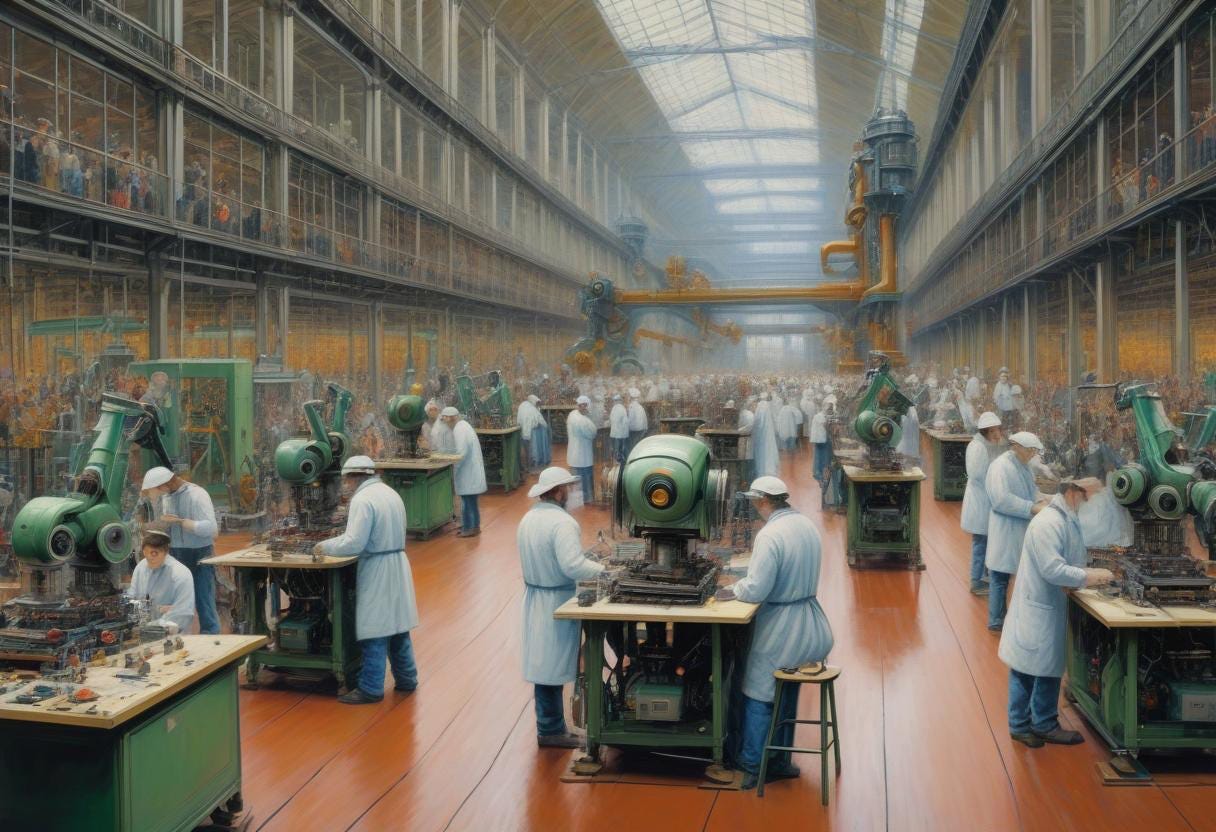India’s Mid-Cap Manufacturing IPOs Deliver Mixed Results as Markets Demand More Discipline
Drill down on key drivers of post-listing performance
India’s wave of mid-cap manufacturing IPOs over the last three years has produced sharply divergent outcomes, with investor returns increasingly tied to how companies allocate capital and communicate long-term strategy, according to new data compiled by Mahika Singh, analyst at Dealflow IQ. Let’s take a closer look at what is driving post-listing performance:
Between 2022 and early 2025, 43 mid-cap industrial firms went public. Roughly one-third of those companies delivered share price gains exceeding 50% in the first year, while around 40% underperformed their respective sector indices. The remaining listings hovered near their issue prices, signaling that public market success is no longer assured by sector exposure alone.
“The IPO has become a measure of institutional readiness,” said a merchant banker we were in conversation with. “Markets are looking for visibility into execution, not just revenue.”
Capital Use Matters
Companies that deployed fresh capital into expansion or innovation attracted stronger institutional interest and maintained post-listing momentum. Interarch Building Products, which allocated 72% of its IPO proceeds to capacity expansion and automation, saw its market capitalization increase by 99.5% within a year. The company also reduced its debt-to-equity ratio and secured multi-year supply contracts.
In contrast, firms that structured their IPOs primarily as offers-for-sale, without clear use-of-funds plans, faced steeper corrections. HMA Agro Industries, which raised ₹480 crore with 69% attributed to promoter exits, lost over 90% of its value post-listing.
Innovation and ESG Drive Premiums
Investors rewarded firms with tangible innovation strategies. Diffusion Engineers, which introduced collaborative robots in its production lines and filed automation-related patents, delivered a 58% gain post-IPO. Platinum Industries, with a stronger IP pipeline, also outperformed. Across the sample, only 9% of declared R&D spending translated into patent filings. In China, by comparison, the same figure sits closer to 34 percent.
ESG factors also played a role. Sanathan Textiles, which integrated renewable energy into its operations and secured third-party sustainability certifications, achieved export premiums of up to 17% and attracted capital at sub-9% interest rates. ESG-compliant IPOs saw median returns 2.3 times higher than peers without disclosures.
On the other hand, ESG lapses proved costly. HMA Agro’s sourcing practices drew scrutiny in European markets, contributing to weak institutional participation and sustained price pressure.
Ownership and Governance Under Watch
Family-controlled businesses recorded higher return on equity—averaging 18.7%—but exhibited 2.4 times greater share price volatility. Investors flagged concerns over concentrated decision-making, succession planning, and limited board independence.
Professional and PE-backed firms scaled faster post-IPO but faced governance challenges of their own. Carraro India, despite institutional support at launch, declined 37% within the first year after internal board disputes and investor exits.
Retail Enthusiasm Meets Post-Listing Reality
Retail participation in IPOs surged over the period, helped by low entry barriers and strong brand recall. Many issues were oversubscribed dozens of times. The average oversubscription for retail-focused IPOs in this group was 54×.
High demand didn’t always translate into durable returns. In fact, 78 percent of IPOs with extreme oversubscription corrected by more than 40 percent within three months of listing.
Investors anchored heavily to low nominal pricing. Stocks priced in the ₹50–₹100 range were perceived as affordable. In some cases, they were priced 30 percent above their intrinsic value based on cash flows. This pricing behavior affected smaller firms more sharply, especially those with limited float or narrow institutional support.
Institutional investors showed a different pattern. Mutual funds tended to concentrate positions in engineering and specialty chemicals, resulting in a 0.76 correlation across portfolios. This crowding behavior contributed to price inflation at listing and correction thereafter.
Markets are absorbing these lessons. Some bankers are starting to adopt more dynamic pricing tools and differentiated anchor allocation strategies.
Location and Policy Incentives Help
Location and policy have also shaped IPO outcomes. Certain clusters outperformed dramatically by leveraging local strengths. Gujarat’s chemical hub is one example: firms there saw ~+41% average IPO returns, aided by generous tax rebates and infrastructure. Solan (Himachal Pradesh) has become a hotspot for renewables – access to round-the-clock hydropower cut production costs by 11%, and cleantech IPOs from Solan averaged +53% returns.
Beyond these pockets of excellence, companies along the PM Gati Shakti logistics corridors saved 18–22% in supply costs, directly boosting margins. Even tier-2 cities like Coimbatore and Rajkot are emerging as new industrial hubs, offering lower operating expenses and faster project ramp-ups. EPACK Durable, headquartered in Noida and operating under an SEZ framework, returned 64.35% post-IPO despite a premium valuation at 32x earnings.
Markets Evolve, Expectations Shift
Recent data points to a decisive shift in how Indian capital markets evaluate newly listed companies. Investors are raising the bar, prioritizing three factors above all: operational transparency, disciplined capital allocation, and credible ESG integration.
The IPO is no longer viewed as an endpoint for capital access. It is increasingly seen as a test of institutional quality. Market participants are moving beyond backward-looking financials to assess a company’s ability to operate with public accountability, sustain governance rigor, and execute against long-term value creation plans.


